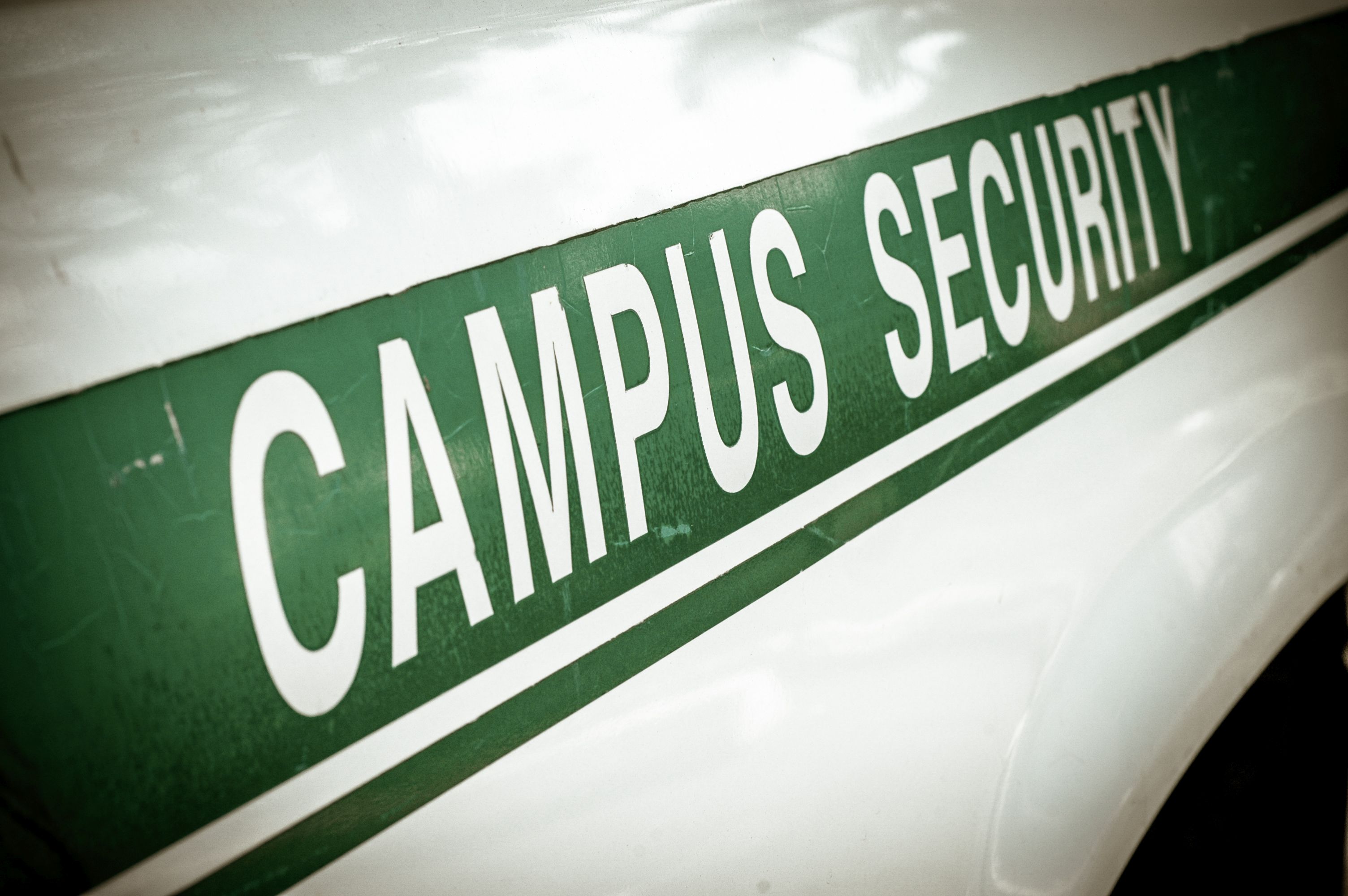During the Campus Safety Conferences this summer, there were discussions about countering violent extremists that included extreme left and right wing actors. Below is some of the material that was presented to help campus law enforcement understand and prepare for events that might take place on their campuses.
Who Are Some of the Extremist Players?
On one extreme are the many groups and individuals who fall within the widely used term “alt-right”. They are not a homogenous group, and as a result, there is a spectrum of thoughts and behaviors between them. However, they tend to share several things in common.
The first is that they advocate for white supremacy, though they no longer publicly advocate for the extermination of other races as happened with earlier groups. The “modern” white supremacists don’t want “them” to live in their area, community, state, or nation. As a result of this shift from extermination, they have managed to attract a growing number of supporters.
They also tend to blame people of other races or ethnicities for economic or social problems, which also has increased membership and supporters. This issue grows whenever jobs are lost, costs increase, or crime surges, as blaming “them” makes for an easy scapegoat.
They also focus heavily on First Amendment and Second Amendment rights. Religion is often a significant motivator, free speech and freedom of assembly are widely touted, and use of firearms and development of militias are common and often a social activity within particular groups.
Finally, they often are formed into small groups or associations with semi-formal structure, and these groups often communicate with other groups that share their core beliefs.
While many people find the views of people within the “alt-right” groups to be repugnant (particularly the racist views), most of the activities are protected by the U.S. Constitution. It is not until laws are violated or violence becomes an issue that law enforcement can take action in most cases.
On the other end of the spectrum are the people who claim to be against the “fascists” in the alt-right, and who often show up as counter-protesters. The extreme groups are often called “anti-fascists”, or “antifa” for short.
While many condemn violence, a loosely associated fringe element has emerged that is often called the “black bloc.” These are people who show up wearing black hoodies, gloves and masks, and are usually intent on using violence (hence the attempts to hide their identities).
The most common violence involving the “black bloc” are tearing down of barricades (which makes keeping opposing groups separate very difficult), throwing rocks and Molotov cocktail firebombs, and beating individuals they believe to be fascist.
Because the “black bloc” is loosely associated, there is no real/formal leadership nor structure, and who shows up at a given venue can change based on when and where a “counter protest” is held. People involved often put up a call for people to come out on social media, which may be an indicator for law enforcement that a counter protest with violence might be expected. However, their tactics and loose association also means identification of someone involved may be very difficult.
Be Mindful of First Amendment Issues
Law enforcement in the United States must always be mindful of the protections provided in the Constitution. After all, officers have sworn to uphold and defend those principles when carrying out their duties.
One of the biggest challenges when dealing with the extremist groups identified above is the First Amendment, which provides for freedom of assembly and freedom of speech. Rulings by the Supreme Court have expanded freedom of speech to include not just the spoken word, but also symbolic expression. This includes carrying signs, handing out literature, and even burning the U.S. flag. As a result, the concept of free speech is now considered to be more an issue of freedom of expression.
However, governments are allowed to place some restrictions on free expression. These restrictions must be content-neutral, though, and are limited to reasonable limits on the time, place and manner (TPM) of the activity. An example of content neutral TPM restrictions is not allowing a parade with a marching band playing (a manner issue) to go through a residential street (a place issue) at 3 a.m. in the morning (a time issue).
In addition, the Supreme Court decision in Forsyth County v. Nationalist Movement (505 US 123, 1992) makes it clear that costs for security or law enforcement can only be imposed in a content-neutral manner. This means that agencies may not charge higher fees (e.g., for permits or staffing) for one group compared to another simply because of the subject matter or the potential presence of counter protestors. Agencies should consult with legal counsel to ensure any fees charged meet the Forsyth requirements.
In addition to the TPM and charging issues, law enforcement must also be mindful of fighting words and inciting violence. While people may be protected by the U.S. Constitution in saying disgusting, hateful things, the Supreme Court has made it clear that certain words enjoy no protection. If the words are likely to provoke a reasonable person to violence, they generally are not protected (Chaplinsky v. New Hampshire, 315 US 568, 1942). Agencies are encouraged to provide specific training on this issue to officers when freedom of expression events are anticipated.
Preparation Is Key
In addition to the above issues, agencies are encouraged to prepare for the many challenges that extremist events can bring. One of these is the likelihood that many of the antagonists might come from outside the community/region, and are unknown to local law enforcement. Multi-agency communication is essential but may still be limited when attendees are unknown.
Agencies should also be prepared for the adoption of attack tactics used or advocated by other violent extremists. In the modern era of global communication, tactics are no longer restricted to a single group. Violent extremists are learning and adopting tactics used by groups with radically different ideologies, such as the use of vehicles as a weapon.
Finally, campus law enforcement must keep in mind the potential for violent extremists to recruit from within the campus. While it is natural and encouraged for students to explore different viewpoints and debate a variety of topics, those who express a stronger than normal interest in violence may present an elevated threat.
One of the best ways to address this potential violent radicalization is to have regular interaction with various campus groups and encouraging them to watch for those individuals who might align with their philosophies but are interested in or pushing others toward violent action. This should be a concern for them, as a violent act by one of their members can make them all look bad in the eyes of the public, and permanently damage their cause.













